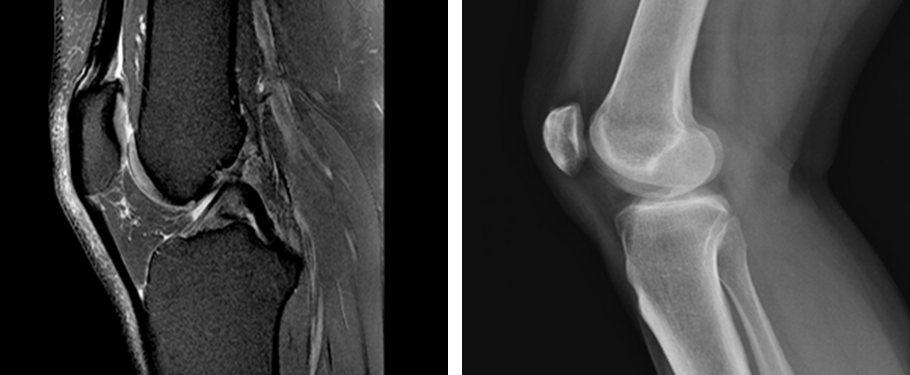What They Are
X-Ray and MRI are household names, yet most will have a difficult time explaining the difference. Both types of imaging allow medical professionals to look into our bodies. These images allow us to make a more accurate diagnosis. A level of technology that has transformed the way we can provide care. Our hope is to discuss each technique, explain when we use them and what the results will mean for treatment.
The Difference
In today’s world, you will have a hard time finding a doctors office that doesn’t have an X-Ray machine. A tool that was once a luxury, is at the disposal of most medical facilities across the country. Unfortunately, this not true about an MRI machine. X-Rays are cheaper and less time consuming to look into the body. An MRI takes longer and is more expensive but provides images with greater detail. We are going to look at these types two from a musculoskeletal standpoint. This is not their only use, but helps us determine how best to treat injuries and pain. The images produced from an X-Ray show bones and spaces in our body. Great for seeing if anything is broken, displaced or arthritic. An MRI will show us organs, muscles, ligaments, bones, and more. This helps us identify soft tissue structures that we can treat.

When Are They Used
The typical timeline for obtaining imaging after an injury can vary. Doctors will usually order an X-Ray to rule out any major fractures. After this, you may be referred to a physical therapist or surgeon. Typically the surgeon will determine if we need an MRI or physical therapy to treat the issue. Most insurances require a round of physical therapy before they will approve an MRI. This is because physical therapist can usually identify and treat the problem without the imaging. If therapy, medication, and injections continue to provide little relief, an MRI will help increase our understanding.

What The Results Mean
Imaging is a great tool, but a trained medical provider can identify the root cause of the injury through testing. We now know how the body responds to various injuries and use imaging to confirm our hypothesis. Since X-Rays are rather cheap and easily accessible, they are usually done as a precaution. This will rule out any major fractures or injuries. An MRI on the other hand are typically used when the individual is not responding to conservative treatments. Once you get an MRI, the specialist will determine if surgery will fix the problem. Following surgery, you will use physical therapy to get back to doing the thing you love. If no surgery is needed, then we will have to manage the pain conservatively via physical therapy, chiropractics, massage, medication, etc.
 All Roads to Rehab
All Roads to RehabIn the end, imaging is a very useful tool when trying to identify what is causing pain within the body. As physical therapist we evaluate and treat based on what we believe cause the symptoms. For more on what we can treat click here. Imaging such as X-Rays and MRIs don’t necessarily change how we treat, but confirm or deny what we believe the problem to be. At the end of the day, if the imaging doesn’t show a need for surgical intervention the solution will be any combination of medication, injections, or conservative treatment efforts. Today’s standards require medical professionals to have the knowledge to begin treatment without imaging. Which means, you don’t have to wait for these diagnostic tools to get relief form your pain. We hope this explains these tools further and how we use them to provide the best level of care.


